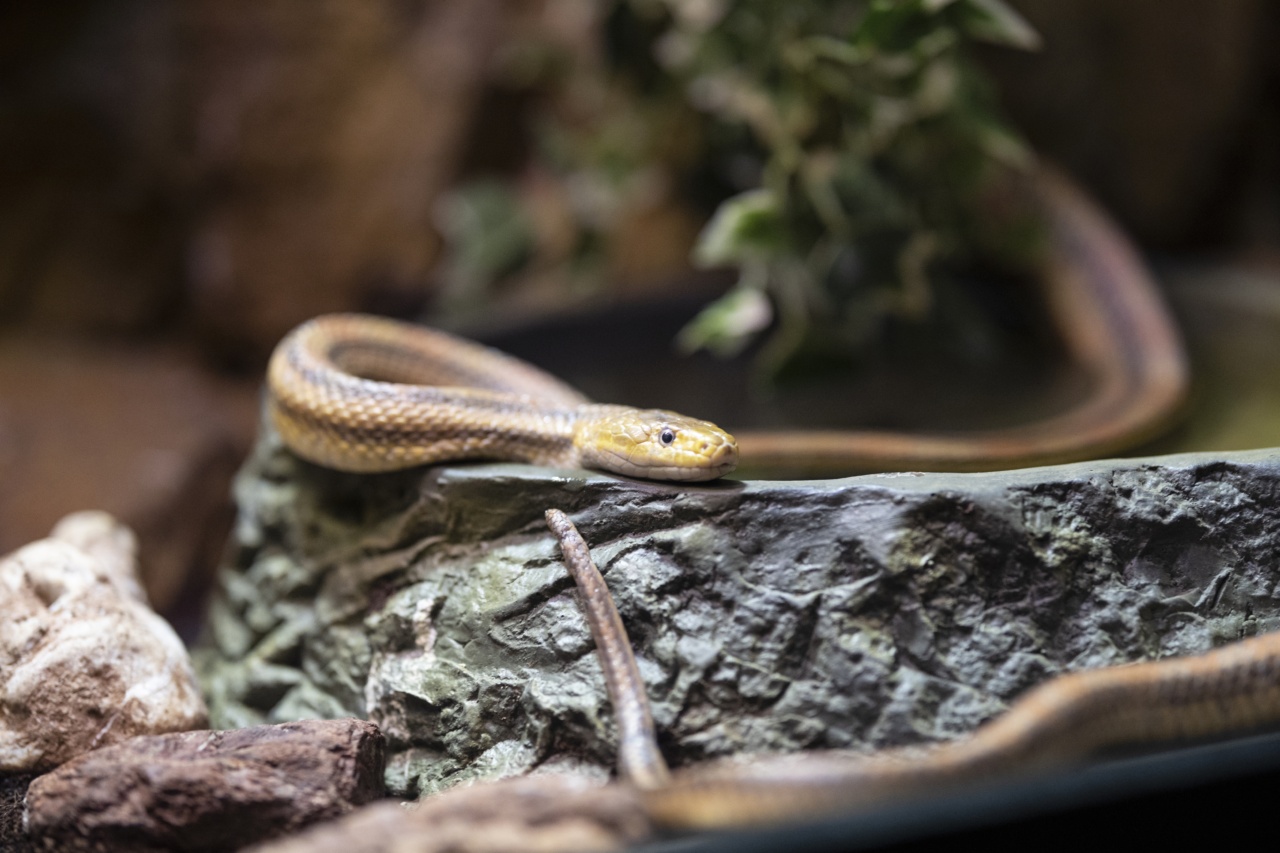Chronic Obstructive Pulmonary Disease (COPD) is a chronic and incurable lung disease that affects millions of people worldwide. COPD is a term that encompasses a group of lung diseases that damage the lungs and airways, making it difficult to breathe.
What is COPD?
COPD is a progressive disease that makes it hard to breathe. The two main types of COPD are emphysema and chronic bronchitis.
Emphysema is a condition in which the air sacs in the lungs are destroyed, while chronic bronchitis is a long-term inflammation of the airways that causes mucus to build up.
COPD Symptoms
COPD symptoms usually develop slowly and worsen over time. The most common symptoms of COPD include shortness of breath, coughing, wheezing, and chest tightness.
People with advanced COPD may also experience weight loss, fatigue, and swelling in the legs.
COPD Causes
COPD is caused by long-term exposure to lung irritants such as cigarette smoke, air pollution, and chemical fumes. In rare cases, COPD can also be caused by a genetic condition called alpha-1-antitrypsin deficiency.
COPD Treatment
There is no cure for COPD, but treatment can help alleviate symptoms and improve lung function. The most common treatments for COPD include medications, oxygen therapy, and pulmonary rehabilitation.
In severe cases, surgery may be necessary to remove damaged lung tissue.
Medications for COPD
Typically, medications used to treat COPD are bronchodilators and corticosteroids. Bronchodilators relax the muscles around the airways, making it easier to breathe, while corticosteroids reduce inflammation in the airways.
Some people may also benefit from a combination of both medications.
Oxygen Therapy for COPD
Some people with COPD may require oxygen therapy to help them breathe. Oxygen therapy involves using oxygen to supplement the air you breathe. Oxygen can be delivered through a mask or a nasal cannula, depending on the severity of the condition.
Pulmonary Rehabilitation for COPD
Pulmonary rehabilitation is a type of exercise and education program that can help people with COPD manage their symptoms and improve their quality of life.
Pulmonary rehabilitation typically includes exercise, breathing techniques, and education about COPD.
COPD Prevention
The best way to prevent COPD is to avoid smoking and exposure to lung irritants. If you smoke, quitting can help prevent COPD or slow its progression.
If you work around lung irritants, such as chemical fumes, be sure to wear protective equipment, such as a mask, to avoid inhaling these substances.
COPD Complications
COPD can lead to a variety of complications, such as respiratory infections, heart problems, and lung cancer.
People with COPD are also at increased risk of developing depression and anxiety due to the impact that the disease can have on daily activities and quality of life.
COPD Prognosis
COPD is a progressive disease, meaning that it gets worse over time. However, with proper treatment and lifestyle changes, people with COPD can manage their symptoms and improve their quality of life.
It is important to work with your healthcare provider to develop a treatment plan that works best for you.





























